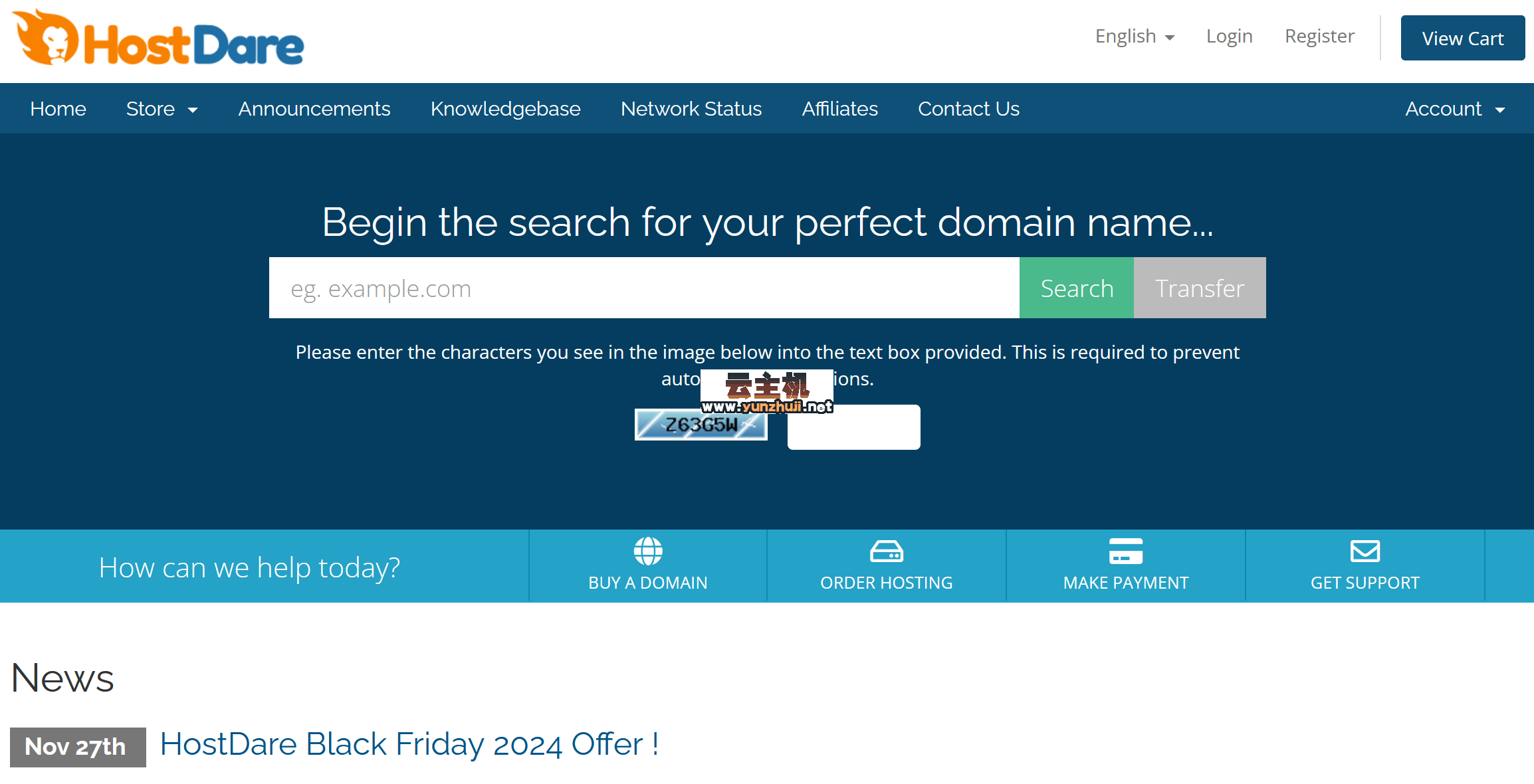在HTML中发送PUT和DELETE请求,通常需要使用JavaScript的XMLHttpRequest对象或者Fetch API,这里我们将详细介绍如何使用这两种方法发送PUT和DELETE请求。
(图片来源网络,侵删)1、使用XMLHttpRequest对象发送PUT和DELETE请求
我们需要创建一个XMLHttpRequest对象,然后设置其onreadystatechange属性为一个函数,该函数将在服务器响应时被调用,我们使用open方法设置请求的类型(PUT或DELETE)和URL,最后使用send方法发送请求。
示例代码如下:
<script>
function sendPutRequest() {
var xhr = new XMLHttpRequest();
xhr.onreadystatechange = function() {
if (this.readyState == 4 && this.status == 200) {
console.log("PUT request sent successfully");
}
};
xhr.open("PUT", "https://example.com/api/resource", true);
xhr.setRequestHeader("ContentType", "application/json;charset=UTF8");
xhr.send(JSON.stringify({key: "value"}));
}
function sendDeleteRequest() {
var xhr = new XMLHttpRequest();
xhr.onreadystatechange = function() {
if (this.readyState == 4 && this.status == 200) {
console.log("DELETE request sent successfully");
}
};
xhr.open("DELETE", "https://example.com/api/resource", true);
xhr.send();
}
</script>
2、使用Fetch API发送PUT和DELETE请求
Fetch API提供了一个全局的方法fetch,这个方法可以用来替代XMLHttpRequest对象,使用fetch方法发送PUT和DELETE请求的基本步骤与使用XMLHttpRequest对象类似,但是语法更加简洁。
示例代码如下:
<script>
function sendPutRequest() {
fetch('https://example.com/api/resource', {
method: 'PUT',
headers: {
'ContentType': 'application/json'
},
body: JSON.stringify({key: "value"})
})
.then(response => response.json())
.then(data => console.log('PUT request sent successfully'))
.catch((error) => console.error('Error:', error));
}
function sendDeleteRequest() {
fetch('https://example.com/api/resource', {
method: 'DELETE',
})
.then(response => response.json())
.then(data => console.log('DELETE request sent successfully'))
.catch((error) => console.error('Error:', error));
}
</script>
以上就是在HTML中发送PUT和DELETE请求的方法。

 云主机测评网
云主机测评网














最新评论
本站CDN与莫名CDN同款、亚太CDN、速度还不错,值得推荐。
感谢推荐我们公司产品、有什么活动会第一时间公布!
我在用这类站群服务器、还可以. 用很多年了。